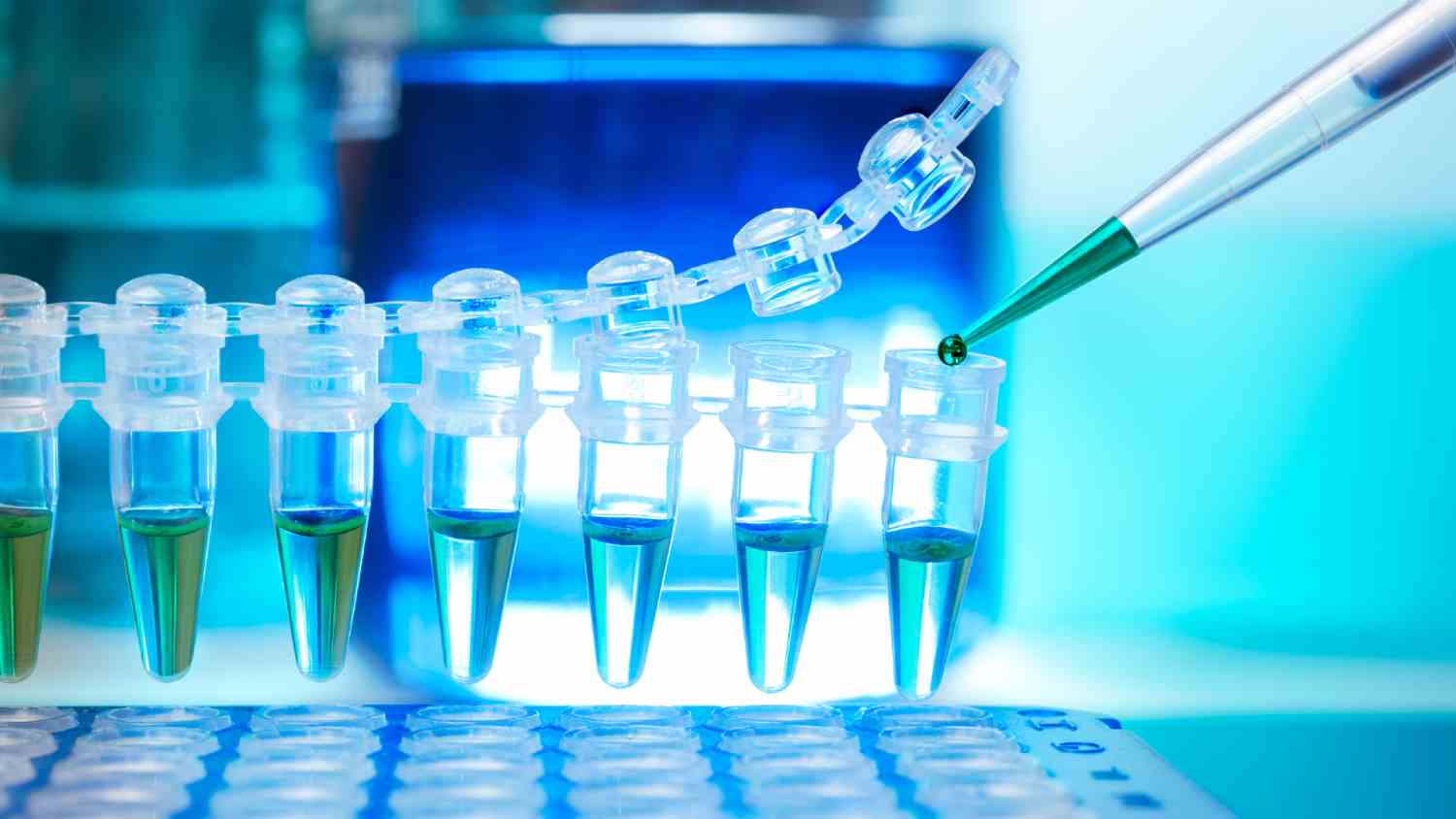India’s pharmaceutical industry is on an exciting growth trajectory, with its global market share expected to climb to 5% by 2030. A recent report by Bain & Company highlights that the industry, currently valued at around USD 55 billion, is set to expand to USD 120-130 billion by 2030 and could reach a whopping USD 450 billion by 2047. This growth is driven by a mix of domestic demand, booming exports, and a strengthening reputation as the “pharmacy of the world.”
A Global Player in the Making
One of the most fascinating aspects of India’s pharmaceutical sector is its equally strong domestic and export markets. Unlike many other nations where pharma companies primarily serve local consumers, India’s exports are just as big. In 2023 alone, pharmaceutical exports hit USD 27 billion, an impressive jump from USD 19 billion in 2018, growing at 8% annually.
Most of these exports—more than 70%—are formulations, while bulk drugs, intermediates, vaccines, biosimilars, and new pharmaceutical innovations like New Chemical Entities (NCEs) and New Biological Entities (NBEs) also play a vital role. India is the world’s top supplier of generic medicines, meeting 50% of Africa’s demand and 40% of the U.S.’s generic drug needs. Its cost-effective, high-quality drug production has earned India its well-deserved nickname—the “pharmacy of the world.”
India’s Pharma Powerhouse
India’s leadership in pharmaceuticals isn’t accidental. With over 10,000 manufacturing facilities, 3,000 pharma companies, and 650 US-FDA-compliant plants—the highest number outside the U.S.—the country is a global pharma manufacturing hub. By leveraging its cost advantage and vast production capabilities, India continues to expand its reach in international markets.
Adding to this momentum is a growing focus on research and development (R&D). India is increasingly investing in biosimilars, vaccines, and cutting-edge drug development, paving the way for a more innovation-driven future. Government initiatives, industry collaborations, and regulatory advancements are all playing a crucial role in shaping this next phase of growth.
Challenges on the Road to Dominance
Despite its impressive growth, India’s pharma sector faces some key challenges. One major issue is export value. Even though India is the largest supplier of generic medicines worldwide, it ranks only 11th in pharmaceutical export value, contributing just 3% of global pharma exports. The heavy focus on generics limits its ability to tap into the high-value, patented drug market.
Additionally, regulatory hurdles, quality concerns, and intellectual property issues occasionally slow down India’s progress in global markets. Tighter quality standards and patent regulations in Western countries may pose roadblocks for Indian pharma companies. Another significant challenge is India’s dependency on China for Active Pharmaceutical Ingredients (APIs)—a supply chain vulnerability that the government is now working to address.
What’s Next for India’s Pharma Industry?
Despite these obstacles, India’s pharmaceutical sector has a promising future. The government’s Production Linked Incentive (PLI) scheme aims to reduce API dependency and boost local production. Meanwhile, increasing R&D investments, a shift toward high-value drug segments, and strategic global partnerships are helping India level up its pharmaceutical game.
To strengthen its global position, India needs to focus on:
- Boosting R&D: Investing in drug discovery, biosimilars, and innovative therapies will drive high-value exports.
- Meeting Global Standards: Consistently adhering to top-tier regulations will enhance trust in Indian pharma products.
- Strengthening API Production: Reducing reliance on imports will improve supply chain resilience.
- Expanding into New Markets: Tapping into emerging economies and underserved healthcare markets can drive further growth.
Final Thoughts
The Indian pharmaceutical industry is on the brink of a new era, with immense potential to reshape global healthcare. However, for India to transition from a high-volume generic drug leader to a high-value innovator, it must double down on R&D, quality standards, and self-reliance in key raw materials.
The next decade will be crucial in determining whether India cements its global leadership or struggles to overcome these persistent challenges. One thing is clear—India’s role in global healthcare is set to expand significantly, making it a key player in shaping the future of medicine.
But will India be able to maintain its competitive edge and move beyond generics? Can the country’s pharma sector adapt to new regulatory challenges while scaling up innovation? And most importantly, how can India ensure it maximizes its global presence while continuing to meet domestic healthcare needs?

